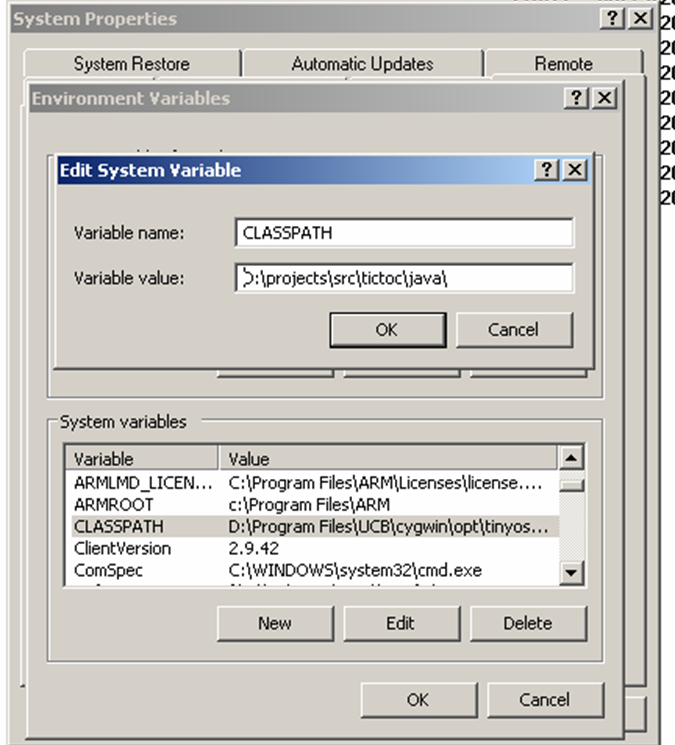Installation
- Install NesCT from Binary
- Install NesCT from Source
- Set Java CLASSPATH
- Integration of Other Frameworks
NesCT requires OMNeT++ to be installed at your computer. Download and install OMNeT++ from OMNeT++ website.
You can download binary and source releases of NesCT from sourceforge web site at Download section of the web site. There are three downloads available from sourceforge website:
- Windows/MAC OS/X binary of nesct.exe,
- Source code of NesCT,
- An example simulation directory named tictoc,
Download a combination of
* (example + nesct binary)
or
* (example + nesct source code).
Note that, NesCT makes releases quite often. Most of the time, a new application is added to the available examples, but you some bugfixes are also coming. It could be of your benefit for you to monitor releases. Here are the links to the monitoring option.
An email is going to be delivered to you everytime a new release is made.
A.Binary Distribution
Extract the downloaded files into a folder such as src in your home directory. In the end, there should be a directory named src/nesct and src/tictoc. Replace nesct.exe in src/tictoc.
B.Compilation from Source
If you receive compliation errors, do not forget to check wiki pages for help.
B.1 Linux
Extract NesCT source to a directory using "tar zxvf nesctXXX.tar.gz". Enter the directory and type ./configure, make and make install. Make is going to build nesct.exe in tictoc directory adjacent to this. If this directory does not exist, make is going to complain about that.
B.2 Windows
NesCT for windows may be compiled using a variety of compilers including MinGW and Msys, Microsoft Visual C++ and Cygwin. Besides from a compiler, you also need bison and flex installed at your computer. Cygwin usually ships with bison and flex. If you installed TinyOS from a setup package of 100mb, you need not worry about bison and flex. For others, you may get a working copy of bison and flex from GnuWin32 project. ( if you grab them from GnuWin32, do not forget to add "C:\Program Files\GnuWin32\bin" to your PATH environment).
Follow the instructions for your compiler.
B.2.1 Visual Studio
nmake -f Makefile.vc
B.2.2 MinGW
I used a combination of Code::Blocks and Mingw to build the project. You can find "nesct.cbp" for code::blocks projects. You can also use autoconf and automake for build. Use configure, make and make install.
B.2.3 Cygwin
Do not forget to add bin directory of your Cygwin installation to the path. Use configure, make and make install.
C.Set Java ClassPath

Add an environment variable as CLASSPATH and set it to java directory of your example distribution. This example uses d:\projects\src\tictoc as base directory.
For linux, add java directory of your tictoc folder to the CLASSPATH environment. For example, if you have extracted nesct_tos_example package to /opt/tictoc, then export CLASSPATH=/opt/tictoc/java:$CLASSPATH to your .bashrc file in your home directory.
D.Integration of Other Frameworks